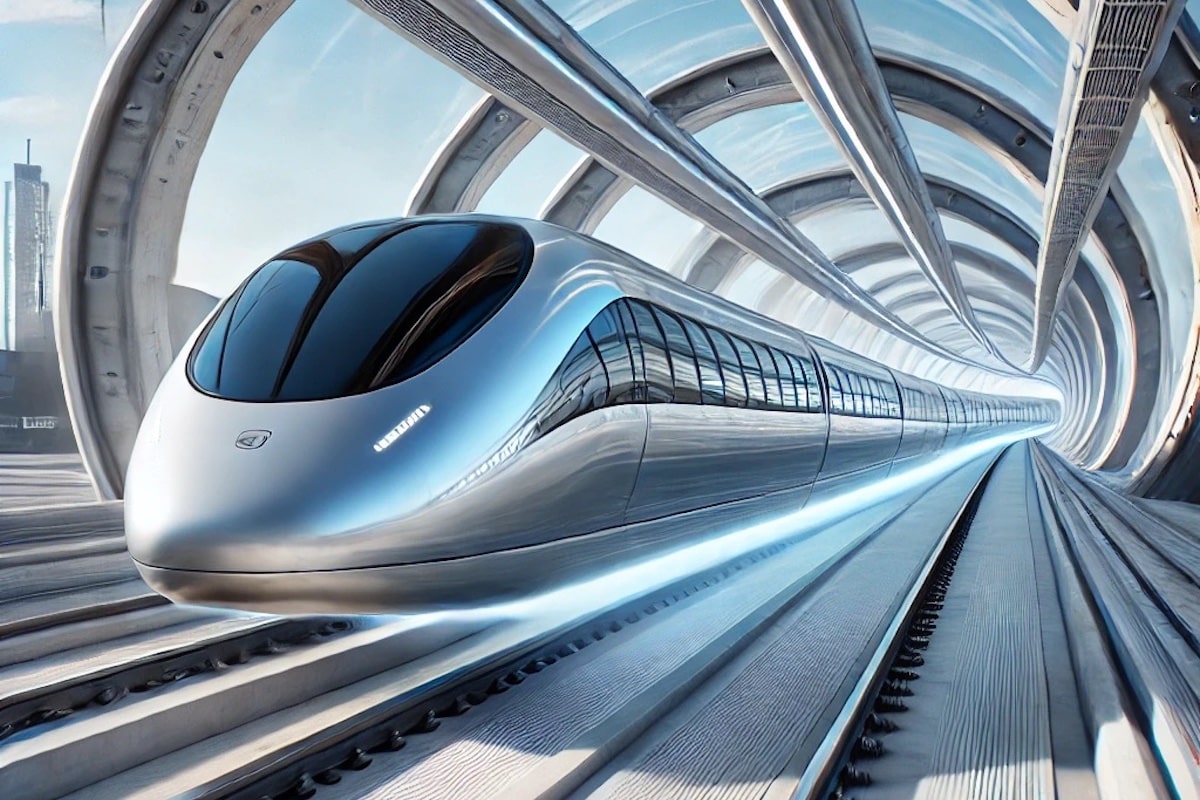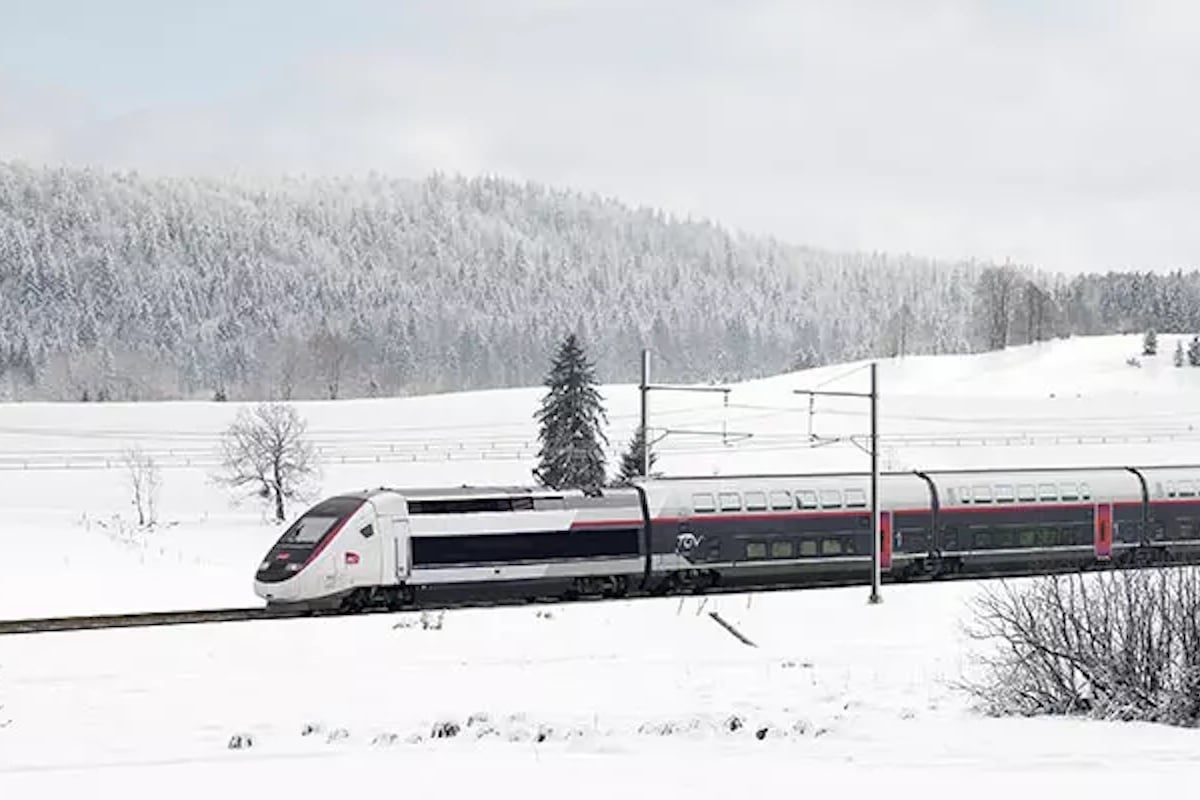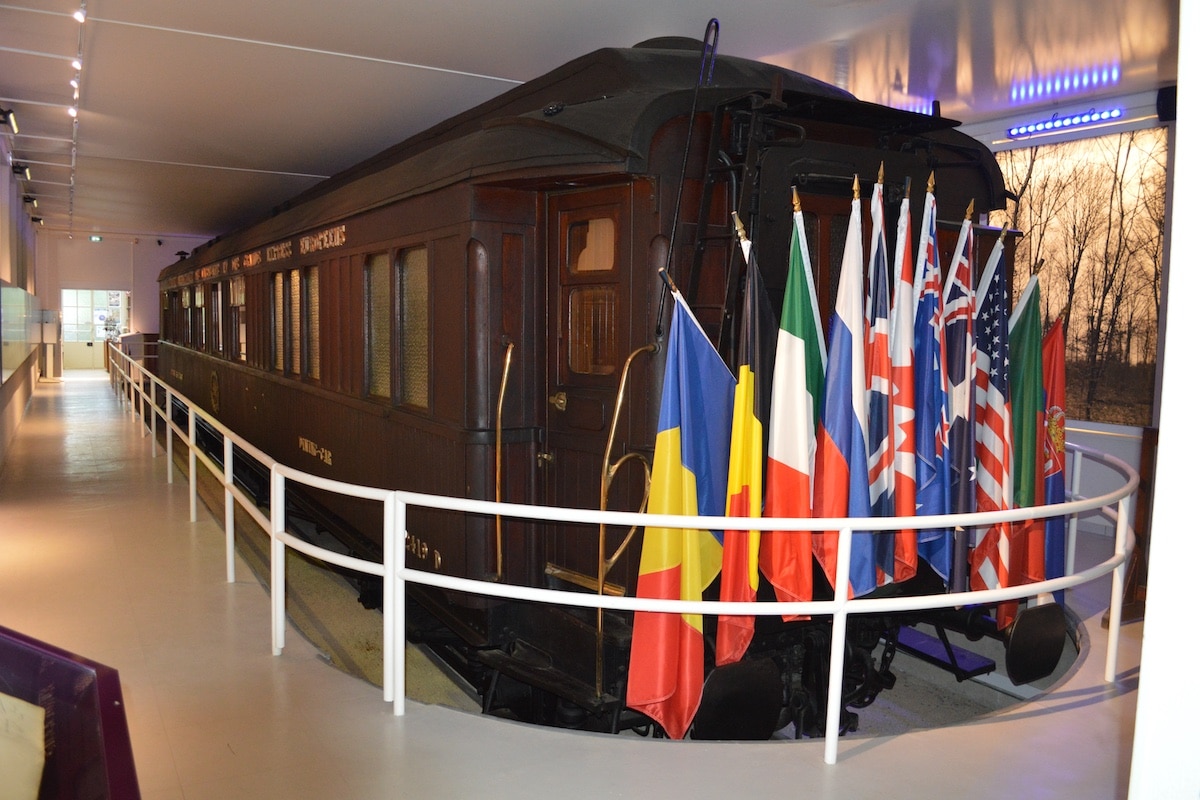China succeeds in hyperloop train test at 1000 km/h

In a depressurized tunnel stretching 2 kilometers, China successfully conducted its first test of a train surpassing 1000 km/h.
Are we finally face to face with a true competitor to airplanes? Unfortunately, no, because deploying a train capable of reaching 1000 km/h poses gigantic technological, energy, and infrastructure challenges… though not insurmountable. There remains the question of cost and financing, as airplanes can relatively connect two cities on short notice.
However, imagining being able to travel from Paris to Marseille in one hour instead of three is still something that would cut the legs out from under the highly polluting airplanes at a time when climate urgency should be central to all our daily decisions.
China aims to position itself as a pioneer in the realm of supersonic trains, and the work it is currently conducting with its T-Flight (a competitor to the American Hyperloop which has become a generic term) on a 2-kilometer section seeks to develop its levitation suspension and safe stopping.
How does it work?
The speed achieved during this first test is unknown, but the project is indeed on track. Or rather, no, since there are no tracks. The Hyperloop operates by combining several advanced technologies. It uses a vacuum tube to minimize air resistance, allowing the train to travel at extremely high speeds. The train itself levitates using magnetic levitation, nearly eliminating all friction with the track. An electric propulsion system accelerates the train, while the vacuum inside the tube helps maintain a constant speed without requiring much additional energy.
That’s the pretty picture, but this still immature technology is not without its problems, starting with the absolutely colossal investment required. A TGV line already costs billions of euros, and here, the sums would be nearly ten times higher.
The question of safety cannot be overlooked either. When launched at 1000 km/h, the capsule with passengers must not encounter any issues; otherwise, the projectile could be fatal. Finally, the environmental impact will be enormous due to the construction work needed to weave the network between cities.
China aims to have its first lines between its megacities, located about 1200 km apart, by 2035 to connect them in just 90 minutes. In France, there is no chance of seeing this technology appear for the aforementioned reasons. The United States, particularly the company Hyperloop, of which Elon Musk is a shareholder, is very interested and is watching the Chinese developments closely.
ALSO READ: Morocco will have a TGV by 2040
This page is translated from the original post "La Chine réussit un test de train hyperloop à 1000 km/h" in French.
We also suggestthese articles:
Also read






